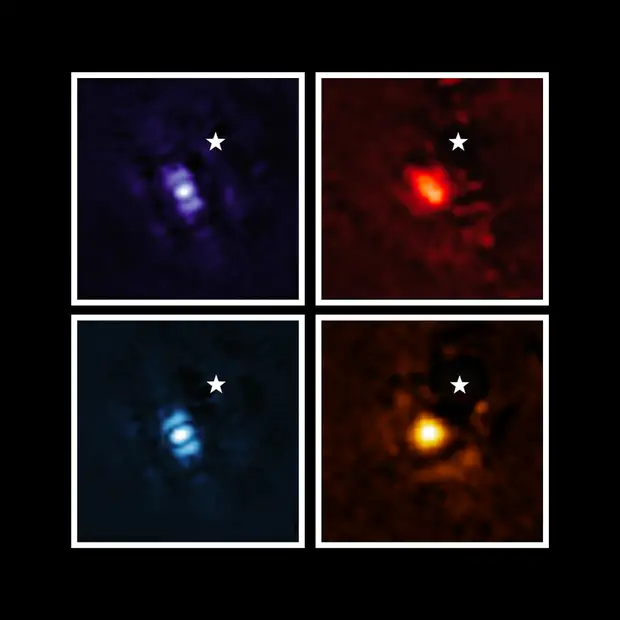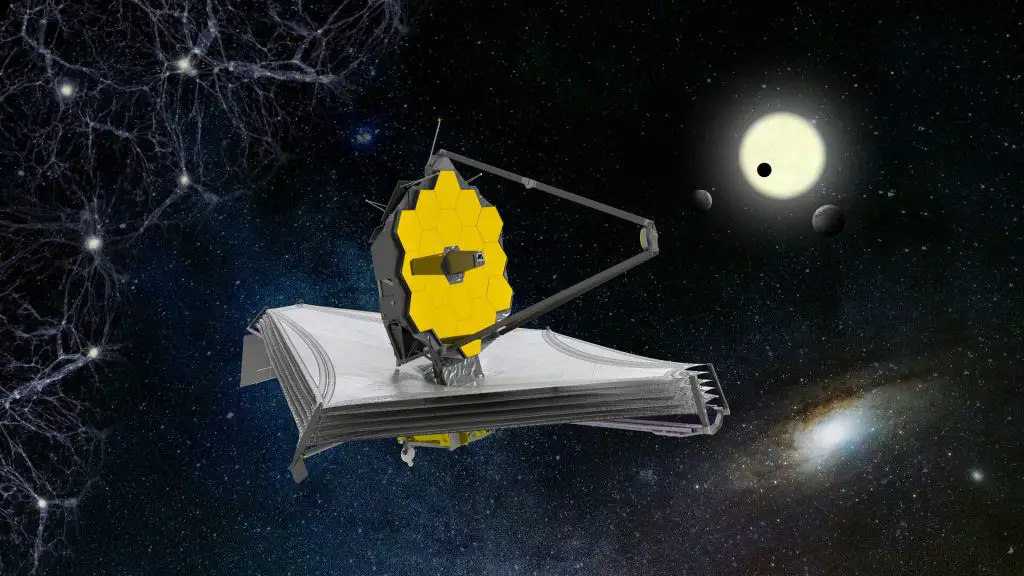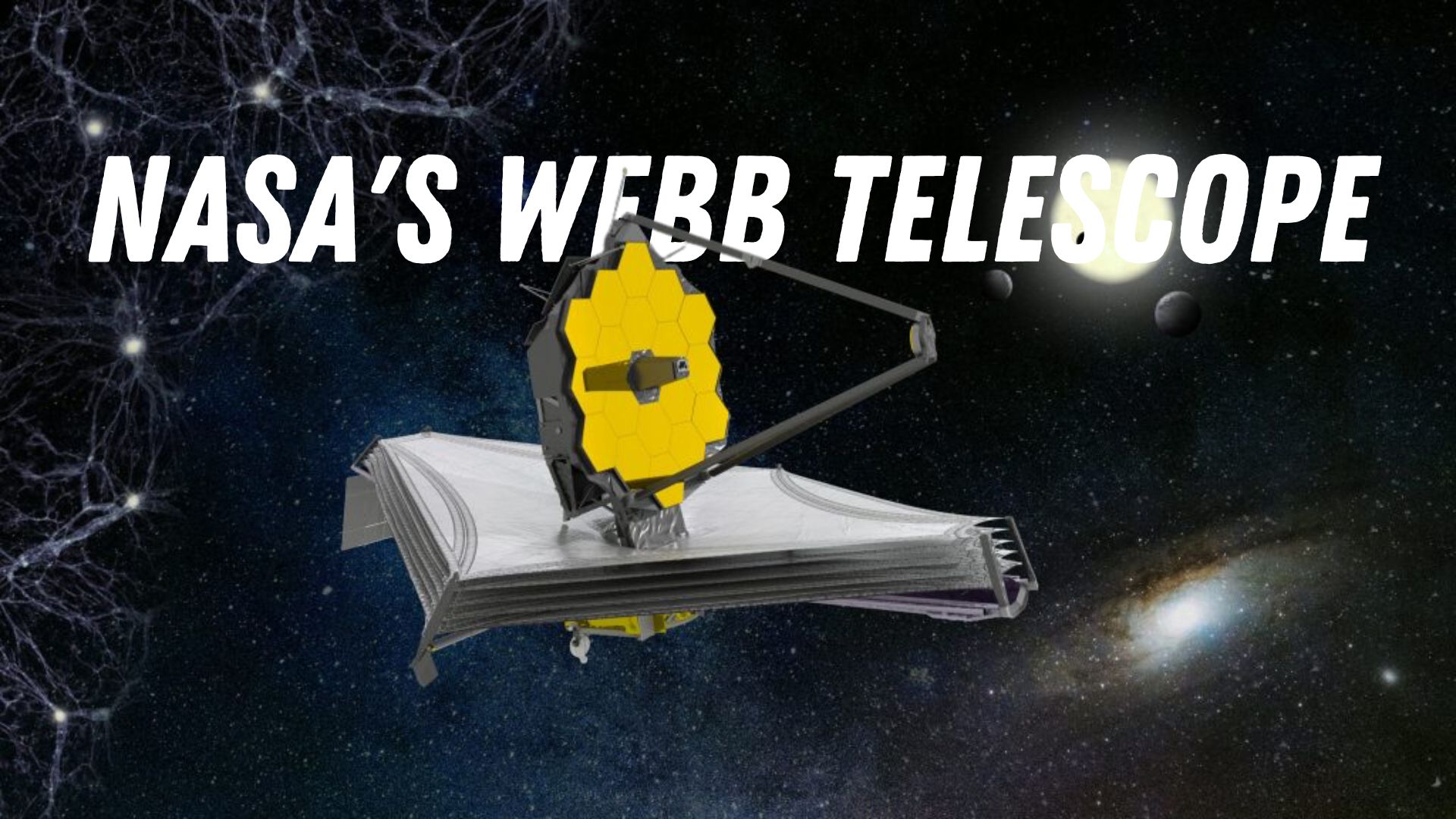After giving us a peek into one of the majestic giant spiral galaxies, NASA’s James Webb Space Telescope has now brought on board the first direct photo of a planet that isn’t located in our solar system. Dubbed HOP 65426 b, the images show the exoplanet revolving around its sun with a mass six to twelve times that of Jupiter which is the largest planet in our solar system in terms of size and mass.
NASA’s JWST shares majestic photos of an exoplanet
Dubbed HIP 65246 b, the images were captured by the James Webb Space Telescope that was launched into space last year. Thanks to the research headed by Sasha Hinkley, associate professor of Physics and Astronomy at the University of Exeter in the UK, and a team of international researchers from both the Canadian Space Agency and the European Space Agency.
The HIP 65246 b is located 355 light-years away from Earth. In layman’s terms, it would take light 355 years to travel such a great distance. For perspective, the farthest a man-made spacecraft has ever been being NASA’s Voyager 1 which is currently at 21:48:51 hours away from Earth in terms of light-years. The Voyager 1 stats are at the time of writing this although it is unlikely to change at least for a few weeks to come.

Circling back to the exoplanet, it is six to twelve times the mass of Jupiter. It is estimated to be 15 to 20 million years old which is nothing in terms of planets since our Earth is 4.5 billion years old.
Captured by Webb Telescope and processed by the researchers in different lighting systems, HIP 65246 b is a gaseous planet and thus, uninhabitable. It was first discovered in 2017 and five years after that, Webb Telescope took the clearest images of the planet captured till now.
Capturing a planet lying out of our solar system means that the stars they orbit are brighter. However, NASA further added that HIP 65246 b is 100 times farther from its host star compared to Earth’s distance from the Sun (which is calculated in the Astronomical Unit or AU). This phenomenon helped the researchers get these clearest images of the planet separate from its host star.

According to Maryann Carten, a Ph.D. researcher at the UoC, Santa Cruz, they concluded the research by careful image processing where they were able to remove the light to discover the planet therein. It is also been touted as a transformative moment as it goes around to show just how to advance the space technology has become discovering planets and celestial objects for years to come.
